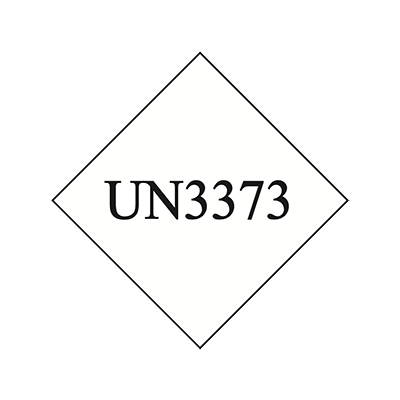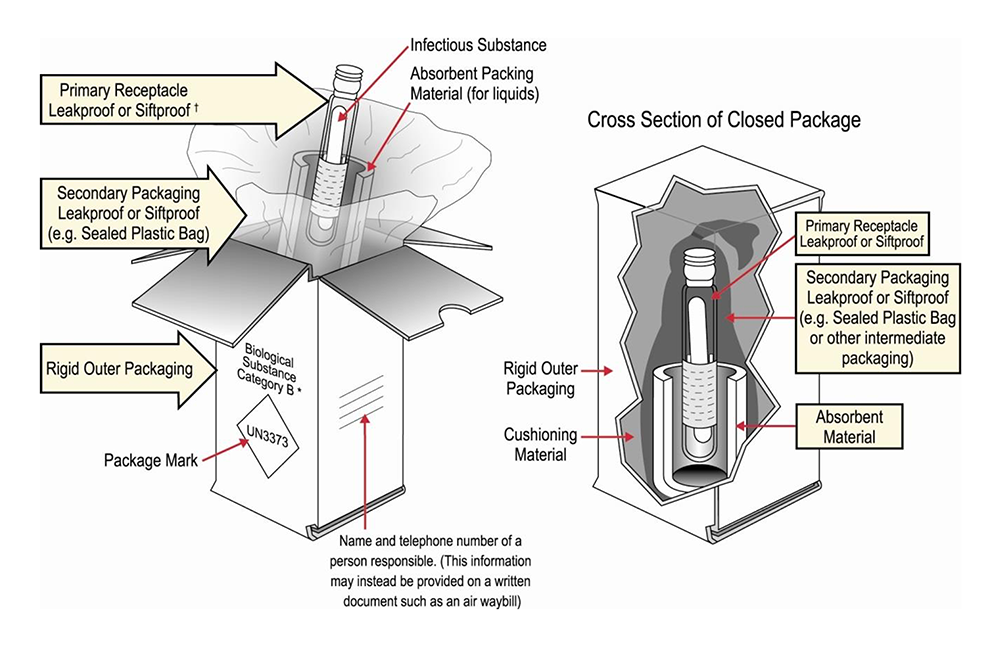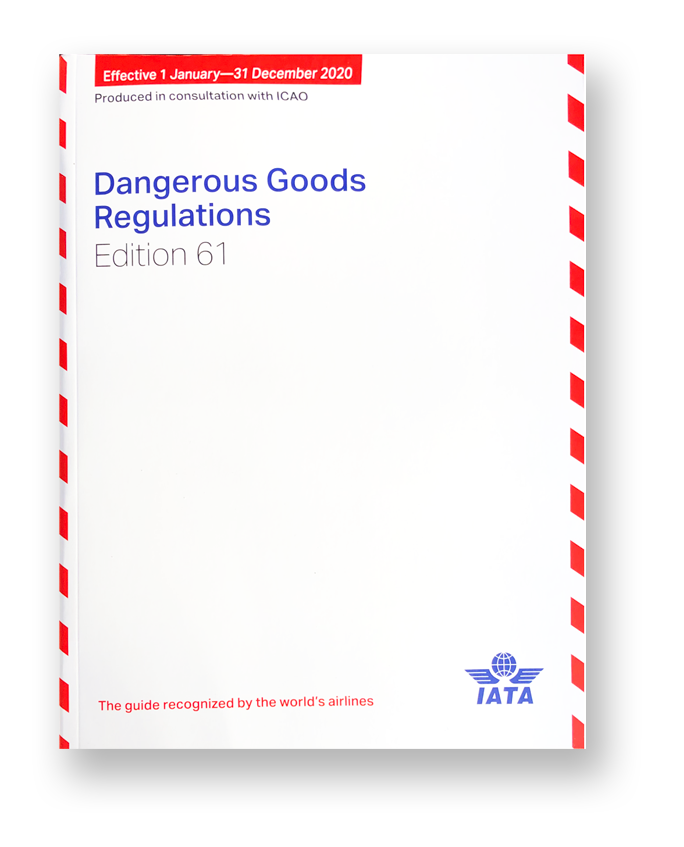Here are a few of the changes to our IATA Dangerous Goods course that we will be including for the upcoming year:
Most significantly in the 61st Edition is the inclusion of Appendix H Competency Based Training and Assessment Approach. The Competency Based Training has been deferred from implementation in this edition and is expected to be adopted in the 2021-2022 ICAO Technical instructions. Appendix H has been provided to give shippers an opportunity to review and provide feedback on this approach.
Revisions taking effect in the 61st edition include the clarifications made to marking. All marks (excepted quantity, limited quantity, environmentally hazardous substance and the lithium battery mark) when required must be on one side of the package. Where the marks is applied by means of a label, the label must not be folded or applied such that it appears on two sides of the package. Clarification has been added to the “Keep Away From Heat” label to identify that the label should be affixed to the same side of the package as the hazard labels.
There are also updates to Packing Instructions, Operator Variations, and State Variations.
If you or your company ship dangerous goods by air, Eduwhere’s IATA Dangerous Goods course may be appropriate for you. This online training course is designed to cover the fundamentals of shipping dangerous goods by air, according to the IATA regulations, as specified in Section 1.5 of the IATA Dangerous Goods Regulations and 49 CFR 172 Subpart H. However, it is important to note that this course does not cover the in depth requirements for the shipment of radioactive materials.
Eduwhere’s training is designed with a 10-step approach, which encompasses all of the activities which must be addressed when preparing dangerous goods for shipment by air, to ensure safe and legal shipment. It is necessary for anyone involved at any stage in the air shipment of dangerous goods to be properly trained, whether they handle dangerous goods, prepare the goods, packagings, or the associated documentation (including marks and labels and Shipper’s Declaration) for shipment or are responsible for the safe transportation of dangerous goods.
If you need a copy of the 2020 IATA Dangerous Goods Regulations, 61st Edition, we offer a “course & book bundle” which includes our online IATA course, the 2020 IATA DGR, and free shipping within the United States. You can also order just the IATA DGR book on our Keika Ventures website.










